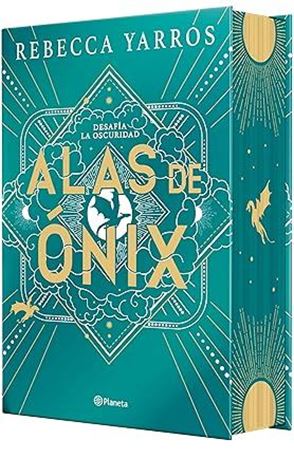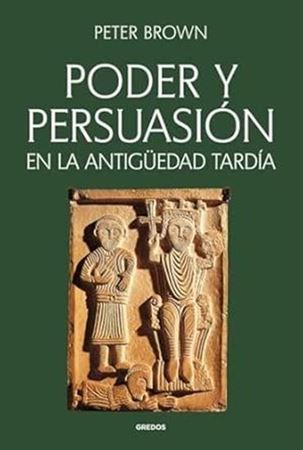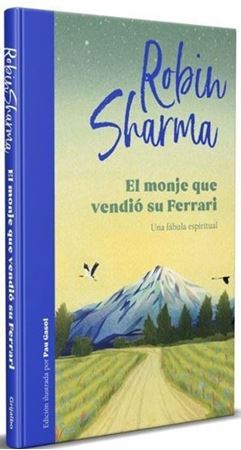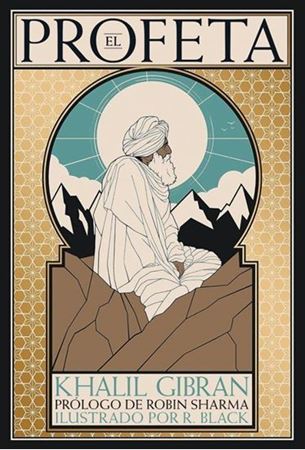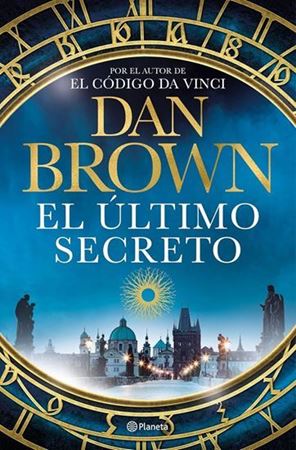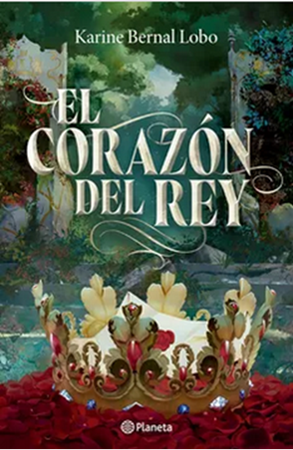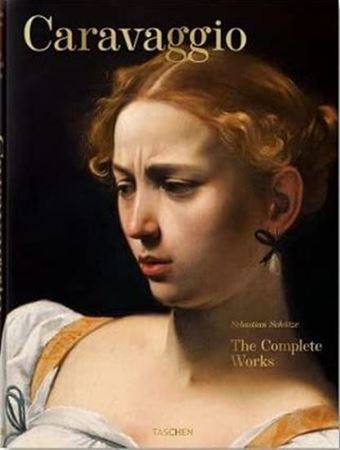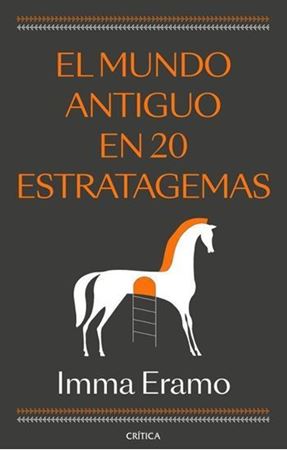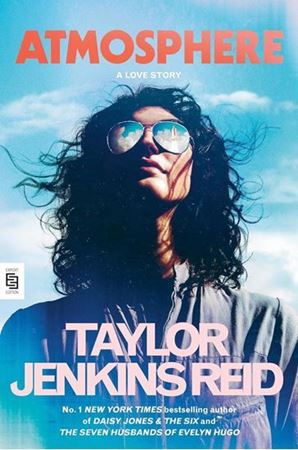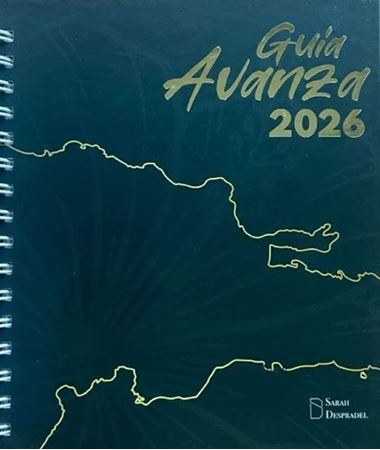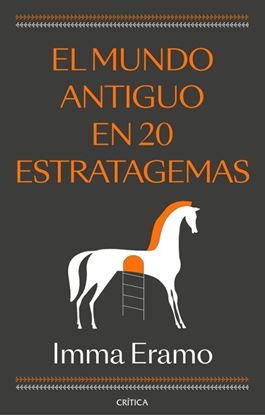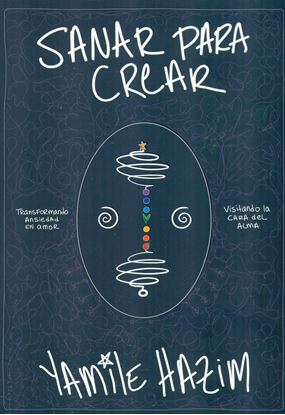

NOVEDADES
EL MUNDO ANTIGUO EN 20 ESTRATAGEMAS
Los griegos tomaron Troya; Temístocles venció en Salamina; Aníbal mantuvo en jaque al ejército romano... ¿Qué tienen en común estos y otros episodios del mundo antiguo? El uso de trampas, trucos y engaños; en una palabra, estratagemas para dominar al enemigo. La historia antigua está repleta de acontecimientos en los que someter al otro ha sido posible gracias a un destello de astucia decisivo en el fragor del enfrentamiento.
Aunque hicieran creer que eran los enemigos quienes perpetraban contra ellos las artimañas más ambiguas, en realidad, griegos y romanos nunca tuvieron reparos en utilizar medios tortuosos y fraudulentos. Consideraban que la inteligencia era el arma más eficaz, fiable y competente para superar las dificultades, vencer a los enemigos e imponerse en la escena política.
1,400
1,050
CURSO DE MEDIA MANAGEMENT
Curso de Media Management muestra, paso a paso, el uso de los frameworks más avanzados en la gestión de medios de comunicación digitales. Aprenderás, de forma práctica y con multitud de ejemplos, tecnicas avanzadas que te permitirán alcanzar tus objetivos de audiencia y negocio. Conocerás en profundidad los problemas a los que se enfrentan los medios, la necesidad de definir un propósito, las peculiaridades de su liderazgo bicefálico, sus dependencias, sus fortalezas y debilidades.
1,750
1,313
SANAR PARA CREAR
Entonces, ¿por qué importa cuidar el alma? Porque —para mí y lo que he aprendido con los años que llevo estudiando el tema, a ti te invito a que saques tus propias conclusiones el alma, el espíritu gue vive dentro de cada uno de nosotros, es una conciencia sagrada inmortal, vinculada a la conciencia universal que domina los cielos. Así, el alma sabe, y de ella vienen las buenas ideas para crear, la intuición, las respuestas, esas que solo podemos encontrar dentro de nosotros.
1,350
1,013

